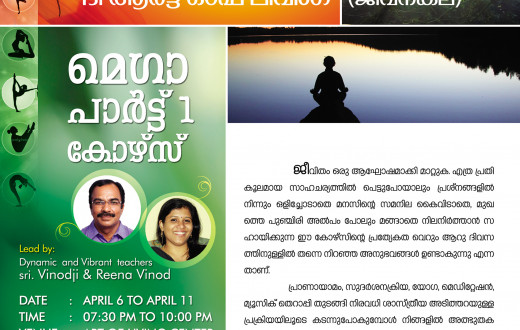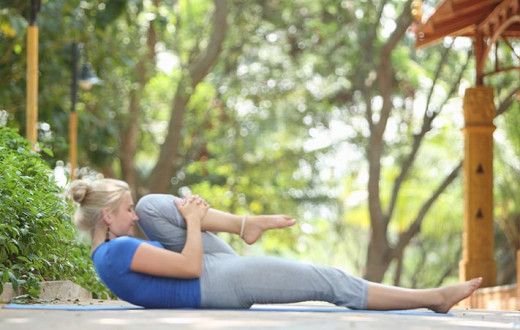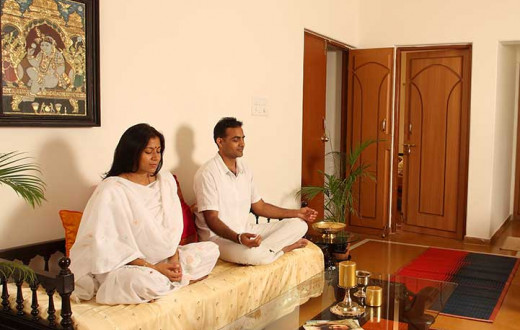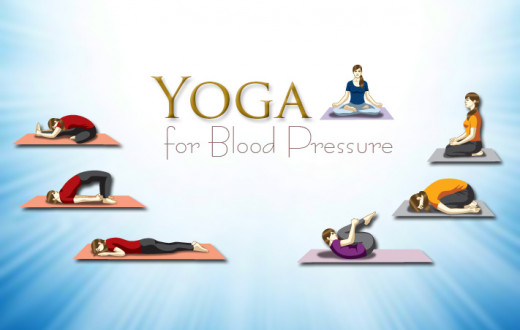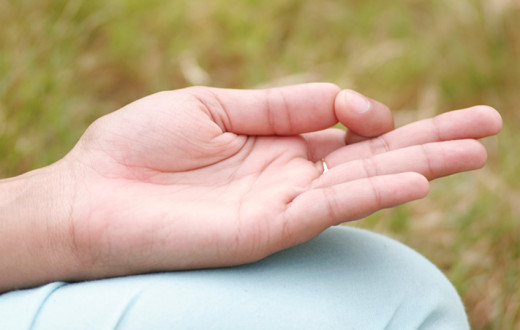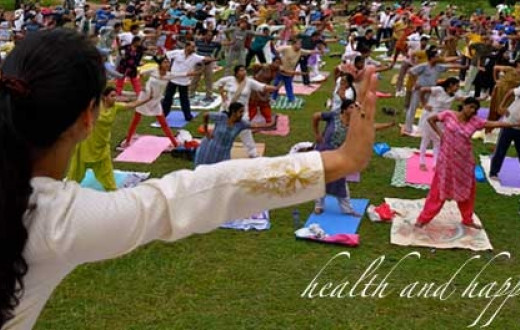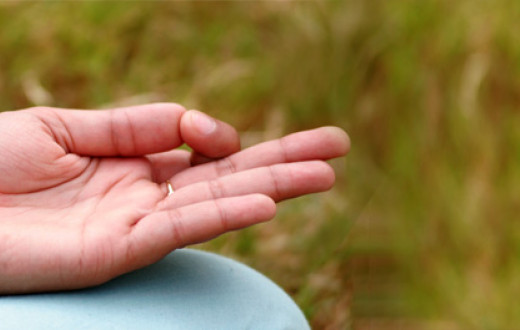Hal = plow, Asana = posture or pose
This yoga pose gets its name from the plow – a popular farming tool commonly used in Indian agriculture to prepare the soil for sowing crops. Like its namesake, this pose prepares the ‘field’ of the body and mind for deep rejuvenation. Halasana is pronounced as hah-LAHS-uh-nuh.
Parsva Halasana is an advanced variation of the Halasana.

How to do Halasana (Plow Pose): Steps
- Lie on your back with your arms beside you, palms downwards.
- As you inhale, use your abdominal muscles to lift your feet off the floor, raising your legs vertically at a 90-degree angle.
- Continue to breathe normally and supporting your hips and back with your hands, lift them off the ground.
- Allow your legs to sweep in a 180-degree angle over your head till your toes touch the floor. Your back should be perpendicular to the floor. This may be difficult initially, but make an attempt for a few seconds.
- Hold this pose and let your body relax more and more with each steady breath.
- After about a minute (a few seconds for beginners) of resting in this pose, you may gently bring your legs down on exhalation.
Tips for Halasana (Plow Pose)
- Do this asana slowly and gently. Ensure that you do not strain your neck or push it into the ground.
- Support your back on the tops of your shoulders, lifting your shoulders a little towards your ears.
- Avoid jerking your body, while bringing the legs down.
Suggested preparatory asanas before Halasana
- Poorva Halasana or the preliminary plow pose is a preparatory asana before you practice full Halasana pose. It is relatively easy to perform.
- Shoulder Stand (Sarvangasana) is usually done before the Plow Pose (Halasana) in the Padma Sadhanasequence. To do Sarvangasana, when you lift your legs and hips off the floor, instead of taking your legs 180 degrees over your head, stretch them upwards in the air, so that you come up high on your shoulders, supporting you back with your hands. Halasana goes hand-in-hand with Sarvangasana.
- Bridge Pose (Setu Bandhasana) is another asana that can be done before Halasana.
Suggested follow-up asanas after Halasana
- Halasana could be followed by the Cobra Pose (Bhujangasana).
- It can also be followed by gently rocking the body in Wind-Relieving Pose (Pavanamuktasana).
5 Benefits of the Halasana
- Strengthens and opens up the neck, shoulders, abs and back muscles.
- Calms the nervous system, reduces stress and fatigue.
- Tones the legs and improves leg flexibility.
- Stimulates the thyroid gland and strengthens the immune system.
- Helps women during menopause.
Halasana Contraindications (Plow Pose)
- Avoid practicing Plow Pose (Halasana) if you have injured your neck or are suffering from diarrhea and high blood pressure.
- Ladies should avoid practicing Plow Pose (Halasana) during pregnancy and during the first two days of their menstrual cycle.
- Consult a doctor before practicing Plow Pose (Halasana) if you have suffered from chronic diseases or spinal disorders in the recent past.
<< Shoulder Stand Corpse Pose >>
Yoga practice helps develop the body and mind bringing a lot of health benefits yet is not a substitute for medicine. It is important to learn and practice yoga postures under the supervision of a trained Sri Sri Yoga teacher. In case of any medical condition, practice yoga postures after consulting a doctor and a Sri Sri Yoga teacher. Find anSri Sri Yoga course at an Art of Living Center near you. Do you need information on courses or share feedback? Write to us at info@srisriyoga.in.
FAQ's on Halasana
"Steps of Halasana: *Lie on your back with your arms beside you, palms downwards. *As you inhale, use your abdominal muscles to raise your legs vertically at a 90-degree angle. *Continue to breathe normally and support your hips and back with your hands, lift them off the ground. *Allow your legs to sweep at a 180-degree angle over your head till your toes touch the floor. Your back should be perpendicular to the floor. You can achieve this with regular practice. *Hold this pose and let your body relax with each breath. *Gently bring your legs down on exhalation after about a minute (a few seconds for beginners) of resting in this pose."
"Preparatory asana before you practice full Halasana pose are: *Poorva Halasana or the preliminary plow pose *Bridge Pose (Setu Bandhasana) *Shoulder Stand (Sarvangasana) is usually done before the Plow Pose (Halasana) in the Padma Sadhana sequence. To do Sarvangasana, when you lift your legs and hips off the floor, instead of taking your legs 180 degrees over your head, stretch them upwards in the air, so that you come up high on your shoulders, supporting back with your hands. Halasana goes hand-in-hand with Sarvangasana."
"Avoid practicing Plow Pose (Halasana) *If you have injured your neck or suffer from diarrhea and high blood pressure. *If you have weak legs, weak hamstring muscles, or calf muscles. *Ladies during pregnancy and the first two days of their menstrual cycle. *Consult a doctor before practicing Halasana if you have suffered from chronic diseases or spinal disorders in the recent past."
"Tips for beginners to do Plow pose: *Be slow and gentle. Do not strain your neck or push it into the ground. *Support your back on the tops of your shoulders, lifting your shoulders a little towards your ears. *Avoid jerking your body, while bringing the legs down."
Halasana tones the legs and improves leg flexibility. Stimulates the thyroid gland and strengthens the immune system. Metabolism improves so those who are looking for weight loss, Halasana is good.
Halasana improves metabolism. Your stomach and belly region are squeezed while practicing Halasana. So surely it aids in the reduction of the belly.
"Halasana only seems to be a difficult asana. Once you understand the trick of using your abdominal muscles for lifting your feet off the floor, it will become easy. Follow these tips to do Halasana: *Be slow and gentle. Do not strain your neck or push it into the ground. *Support your back on the tops of your shoulders, lifting your shoulders a little towards your ears. *Avoid jerking your body, while bringing the legs down."
Halasana stretches and strengthens your spine, legs, neck, shoulders, abs, and back muscles. So Halasana is good for increasing height.
"The Toughest yoga asanas are: * Hero pose * Reclining hero pose * Grasshopper pose * Saddle pose * Crow pose"
"8 yoga poses for weight loss: Sun Salutation Warrior Pose Bow Pose Angle Pose Chair Pose Bridge Pose Cobra Pose Yoganidra"
Dhanurasana relieves back pain. It stretches the back and heals the pain.
"*As you inhale, use your abdominal muscles to lift your feet off the floor, raising your legs vertically at a 90-degree angle. *Allow your legs to sweep at a 180-degree angle over your head till your toes touch the floor. Your back should be perpendicular to the floor. You can achieve this with regular practice. *Hold this pose and let your body relax with each breath. *Gently bring your legs down on exhalation after about a minute (a few seconds for beginners) of resting in this pose."
"Yoga asanas for hypothyroidism treatment Shoulder Stand (Sarvangasana) Inverted Pose (Viparita Karani) One-Legged Forward Bend (Janu Shirasasana) Fish Pose (Matsyasana) Plow Pose (Halasana) Cat Stretch (Marjariasana) Fast-paced Sun Salutation (Surya Namaskar) Yoga asanas for hyperthyroidism treatment Bridge Pose (Setu Bandhasana) Cat Stretch (Marjariasana) Child Pose (Shishuasana) Corpse Pose (Shavasana) Slow-paced Surya Namaskars "









